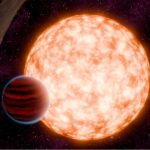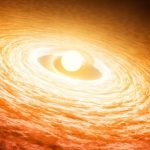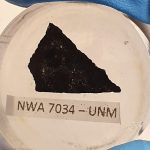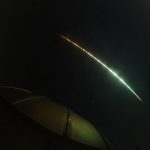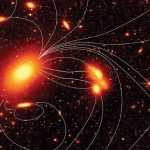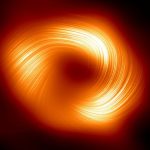100 years ago, we discovered the universe was bigger than we ever imagined
One hundred years ago, on November 23, 1924, a groundbreaking discovery reshaped our understanding of the universe.
A small article in The New York Times...
Astronomers find a 3-million-year-old planet
Astronomers have just found one of the youngest planets ever.
At only 3 million years old, planet TIDYE-1b (also known as IRAS 04125+2902 b) is...
Scientists discover sizzling hot disk around young star FU Ori
Astronomers using NASA’s Hubble Space Telescope have uncovered surprising details about the young star FU Orionis (FU Ori) in the constellation Orion.
Nearly 90 years...
Scientists capture stunning 2 million mph galaxy collision in unprecedented detail
A galaxy speeding through space at a jaw-dropping 2 million mph (3.2 million km/h) has collided with others, creating a dramatic cosmic event.
This collision,...
Are UFOs spawning a new religious movement?
A congressional hearing this month calling for greater government transparency on UFOs is one of the latest events spurring public interest in aliens.
But beyond...
Scientists discover ancient hot water on Mars, pointing to possible habitable pas
New research led by Curtin University has uncovered what might be the oldest evidence of hot water activity on Mars.
This exciting discovery suggests that...
Is the Milky Way unique? New study shows our galaxy is an outlier
For years, scientists have used the Milky Way as a model for understanding how galaxies form and evolve.
But new research suggests our galaxy may...
Scientists unveil secrets of tiny asteroid after Niagara fireball event
In an extraordinary study, scientists from Western University and Lowell Observatory have revealed the details of a small asteroid, 2022 WJ1, which exploded over...
The early universe may have had giant batteries of dust
The largest magnetic fields in the universe may have found themselves charged up when the first stars began to shine, according to new research.
Magnetic...
Axion dark matter may make spacetime ring
Dark matter made out of axions may have the power to make space-time ring like a bell, but only if it is able to...


